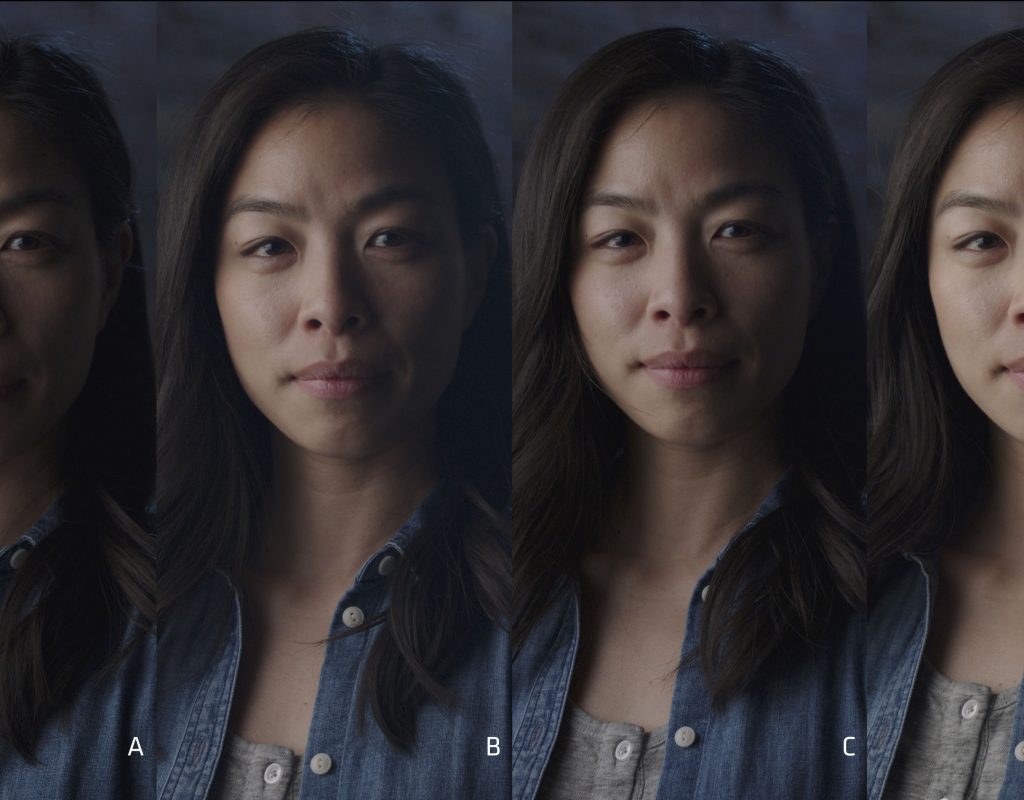We live in an age of lens choice. Because of this, we also live in an age of lens tests. Done properly, such tests are hugely valuable. The best way to ascertain a lens’s contribution to an image is to shoot the same subject, at the same distance and exposure, with several lenses, and directly compare the results.
I do a fair amount of this in my new job (Cinema Lens Specialist at ARRI, Inc.), as I did in my old job (freelance cinematographer for 26 years). Such tests are difficult to do well, but I’ve gotten reasonably good at it over the years.
What I’m posting here is one of my more recent comparisons.
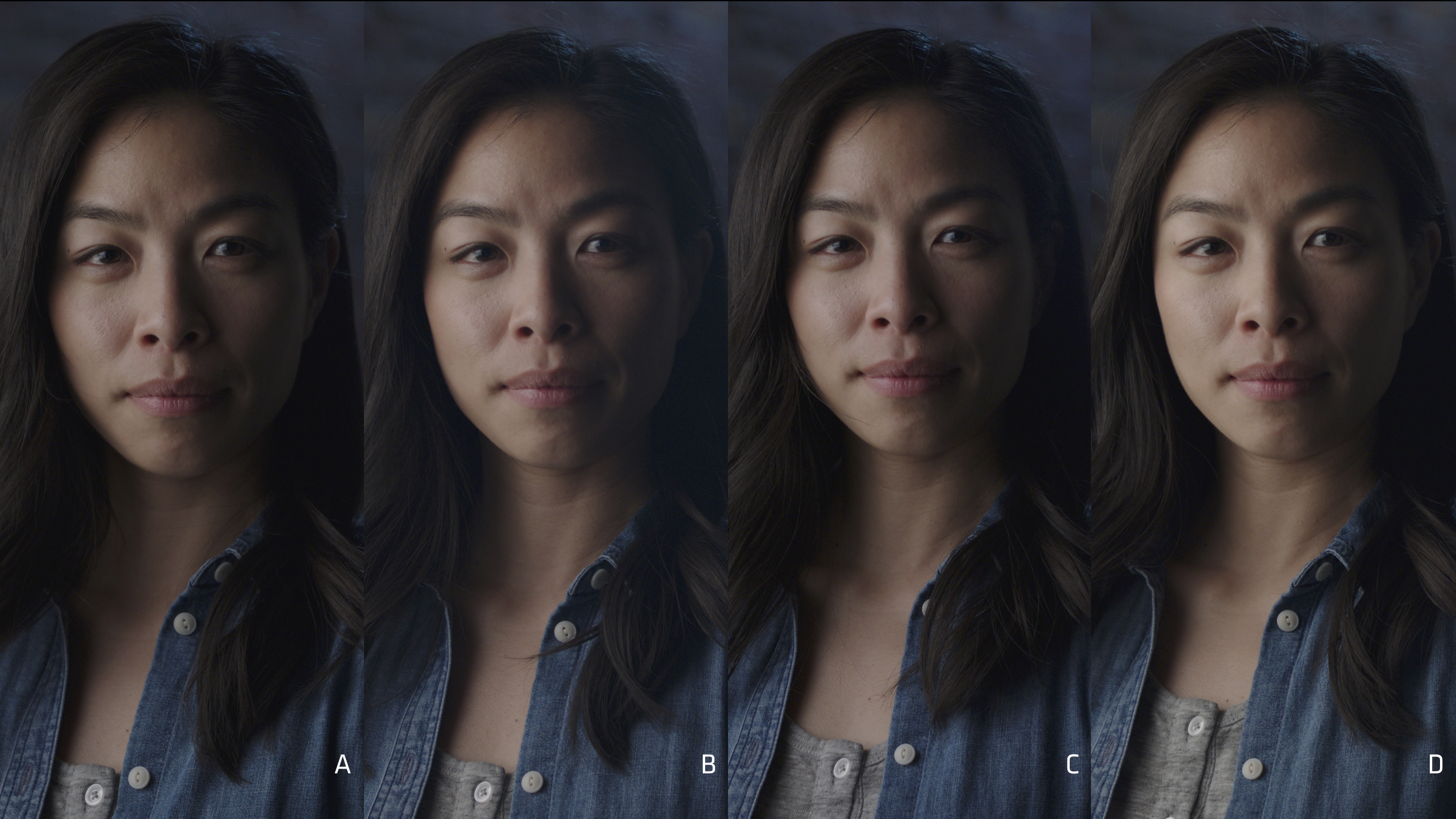
That’s right, I’m not posting names. Not yet. Those will come next week. Right now I’m going to tell you how we shot this test, post some full-size images, and suggest what to look at.
- All images were shot on an ARRI camera.
- I did no grading other than to apply the default ARRI 709 LUT in Resolve.
- Images were exported as TIFF files, and converted to PNG files to retain as much fine detail as possible. (The original TIFF files are 50 megs each, and PVC only allows JPEG, PNG and GIF image files, so while conversion was necessary, I chose the format that was the least destructive.) Note: BlackMagic Resolve appears to render JPEGs with a lot more contrast than TIFFs, which is why I chose to export TIFF files and convert them to PNGs. The TIFFs are considerably lower in contrast.
- The distance to the subject didn’t change. When possible, I used matching focal lengths. In two cases this wasn’t possible, so we chose the next nearest focal length.
- All lens apertures were set to T4. I wanted to close down enough that we’d be working close to the sweet spot of each lens. An old rule of thumb stated that the sweet spot for lens sharpness and contrast could be found 2 2/3 stops closed from wide open. Modern lenses clean up a lot faster, but I didn’t want to shoot wide open as even the best lenses show some oddities that go away quickly when stopped down. I wanted each lens to look the best it could.
- Our model was keyed with a 1K open-face tungsten light through stacked 4’x4′ frames of poly silk and Lee 216. A hint of fill came from a nearby 4’x4′ bounce card. Backlight came from a Quasar tube over the set wall, and the mural in the background was top-lit by a tungsten fresnel. I chose tungsten light because it’s a common light source that we all understand. If I’d gone with an LED light then the results would only be valid for that particular combination of LED brand and model. Also, as tungsten is a broad-spectrum light source, the results should be the best possible, particularly for skin tone.
Below are full-size images. I encourage you to zoom in and look around. In particular, look at:
- Skin tone color
- Skin texture
- Exposure
- Hair
- Exposure (key side)
- Contrast (fill side)
- Flare (fill side)
Extra credit:
- Overall color
- Background color
- Bokeh (keeping in mind that bokeh refers not just to highlights but to the overall quality of the out of focus image, and that two of the lenses are slightly different focal lengths compared to the two others)
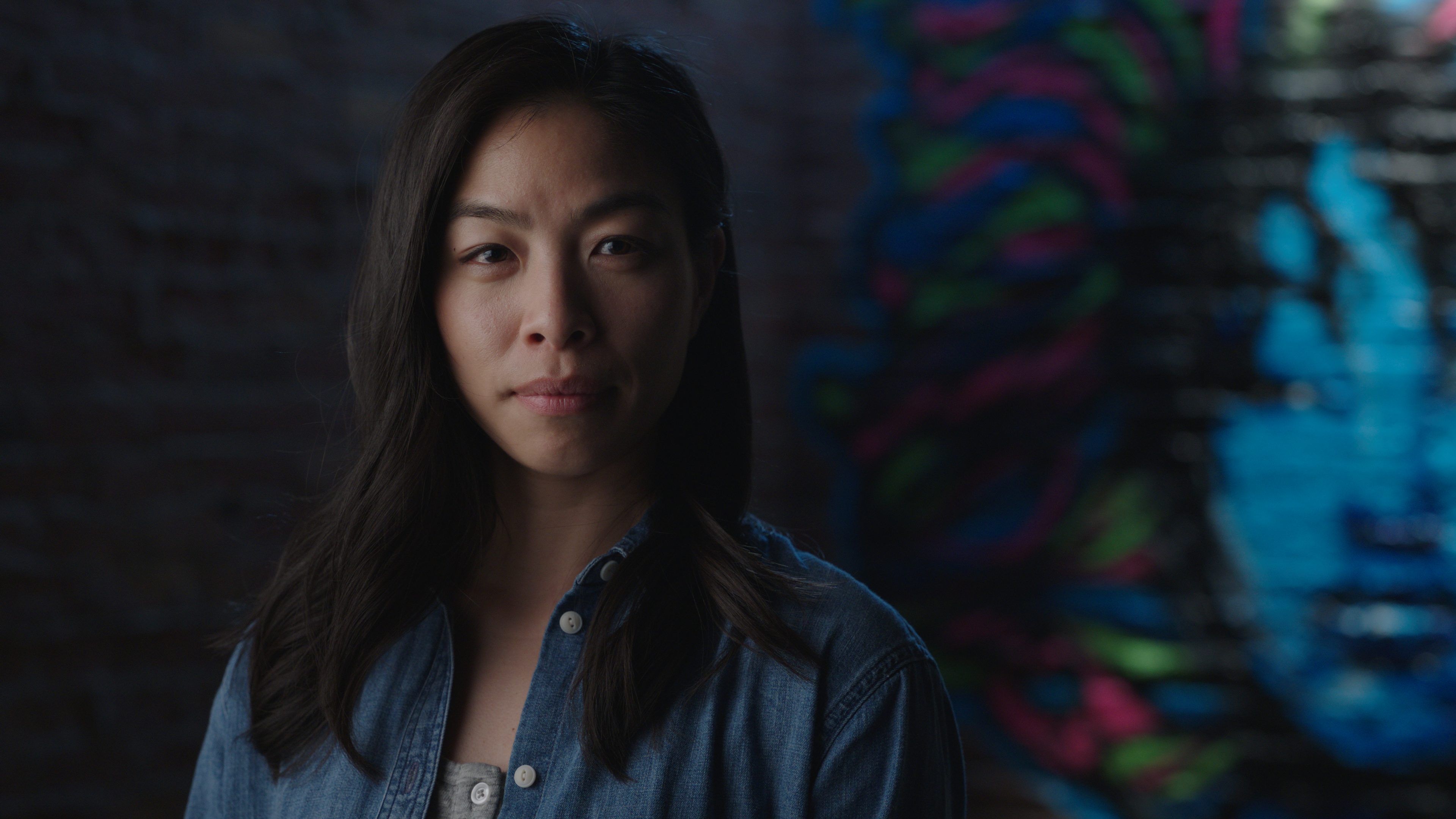
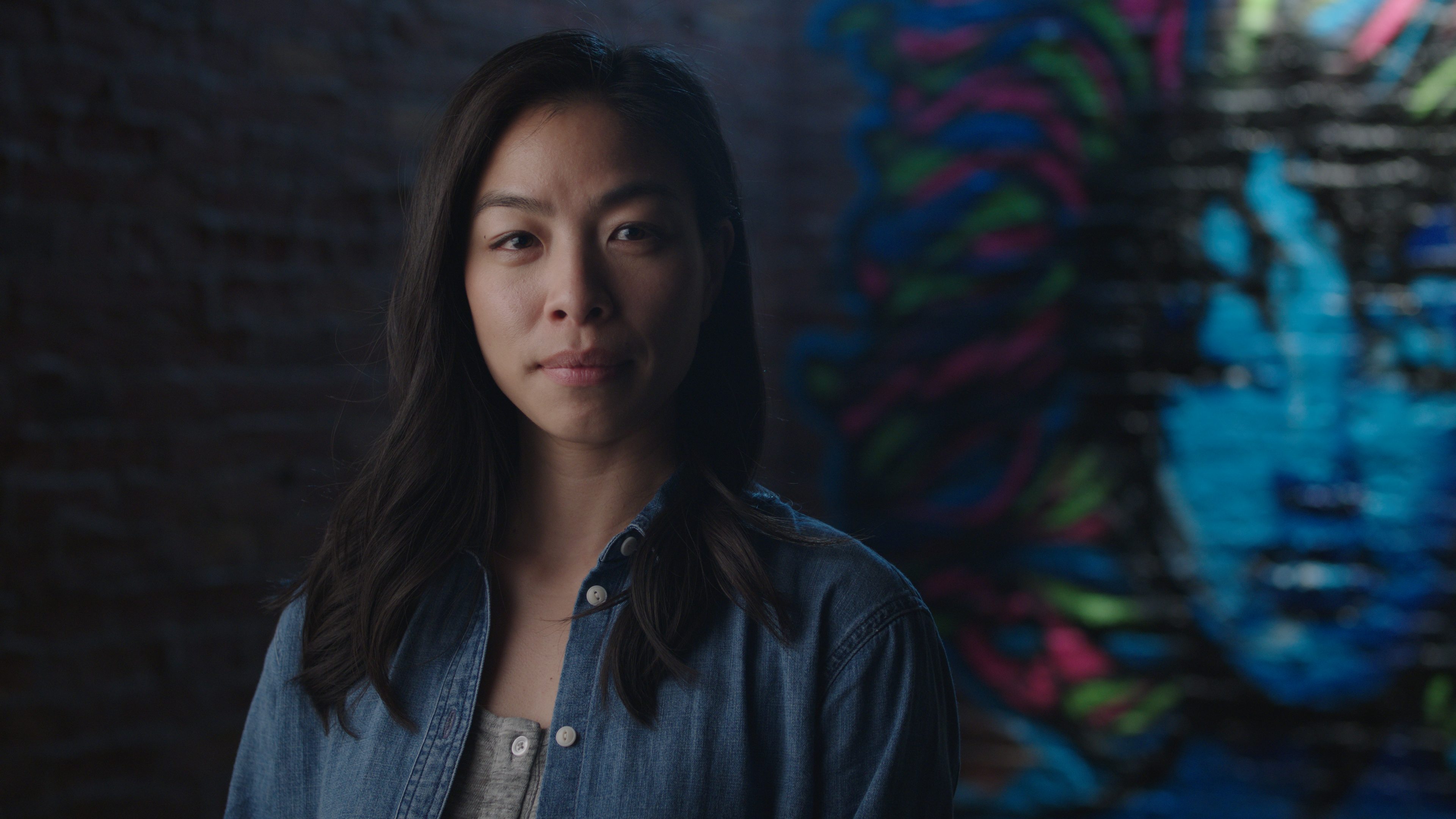
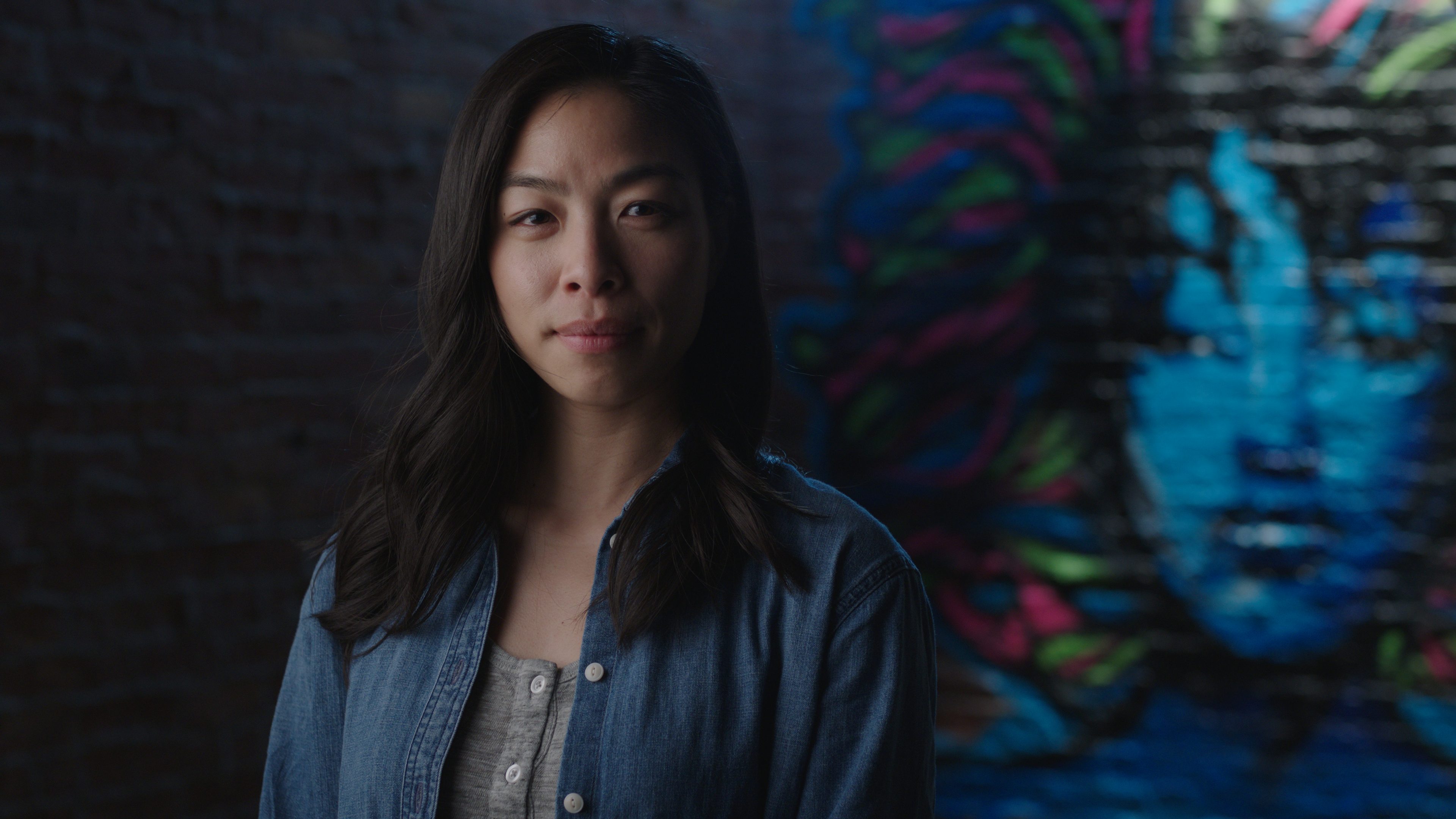
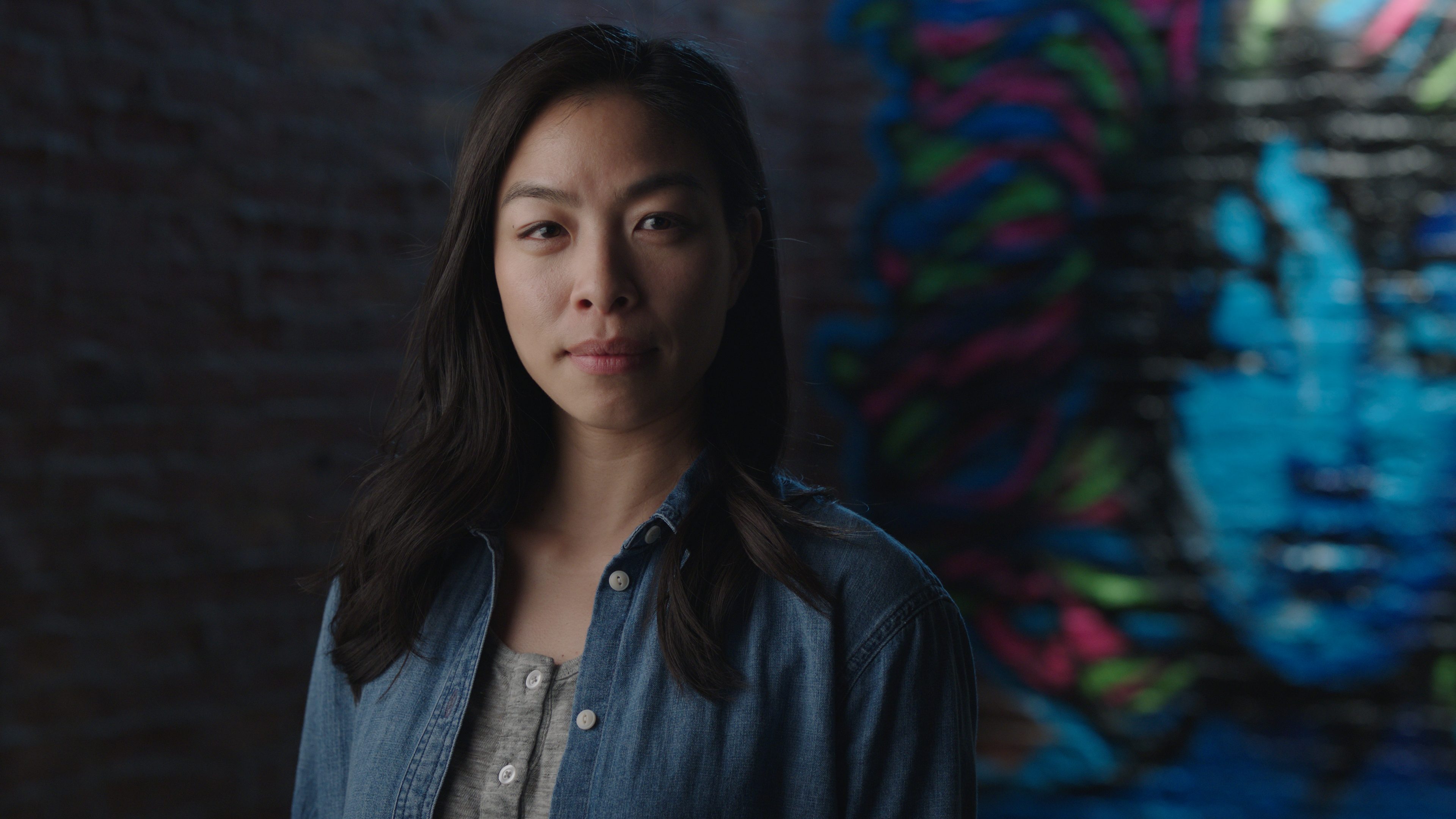
Check back Wednesday for the results, along my own thoughts.
Thanks to director of photography Matt Siegel for his help in shooting these tests.
Art Adams is Cinema Lens Specialist at ARRI, Inc. He was a freelance director of photography for 26 years. You can reach him here.

Filmtools
Filmmakers go-to destination for pre-production, production & post production equipment!
Shop Now